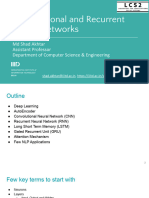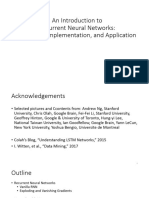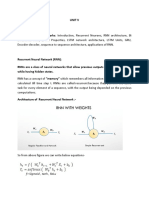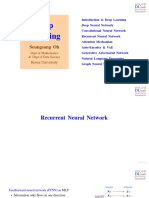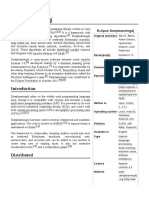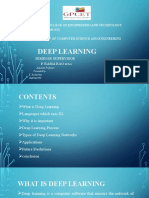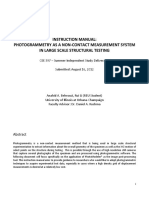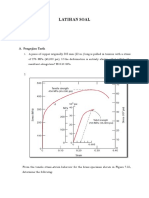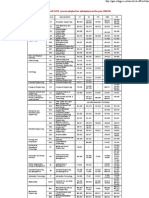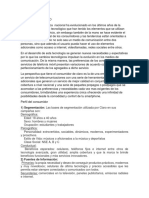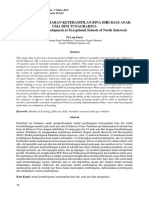0% found this document useful (0 votes)
29 views21 pagesDeep Learning - 2
The document discusses the challenges of long-term dependencies in Recurrent Neural Networks (RNNs) and introduces solutions such as Long Short-Term Memory (LSTM) and Gated Recurrent Units (GRU). It also presents the DL4J framework, which is designed for deep learning in Java and Scala, detailing its components and tools for building and training neural networks. Additionally, it covers the architecture of Convolutional Neural Networks (CNNs) for image classification tasks, specifically for recognizing handwritten digits using the MNIST dataset.
Uploaded by
swyf0hbh61Copyright
© © All Rights Reserved
We take content rights seriously. If you suspect this is your content, claim it here.
Available Formats
Download as PDF, TXT or read online on Scribd
0% found this document useful (0 votes)
29 views21 pagesDeep Learning - 2
The document discusses the challenges of long-term dependencies in Recurrent Neural Networks (RNNs) and introduces solutions such as Long Short-Term Memory (LSTM) and Gated Recurrent Units (GRU). It also presents the DL4J framework, which is designed for deep learning in Java and Scala, detailing its components and tools for building and training neural networks. Additionally, it covers the architecture of Convolutional Neural Networks (CNNs) for image classification tasks, specifically for recognizing handwritten digits using the MNIST dataset.
Uploaded by
swyf0hbh61Copyright
© © All Rights Reserved
We take content rights seriously. If you suspect this is your content, claim it here.
Available Formats
Download as PDF, TXT or read online on Scribd
/ 21



